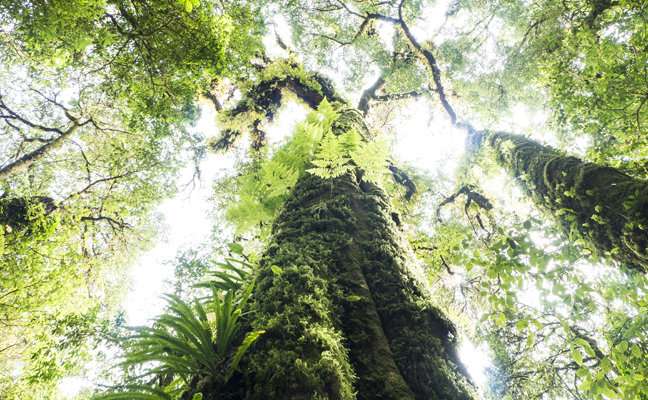Published on 20 December 2017
Detailed global maps of key traits in higher plants have been made available for the first time, thanks to work led by researchers from the University of Minnesota's (UMN) College of Food, Agriculture and Natural Resource Sciences (CFANS).
Source: Phys.org
Based on measurements of 45,000 individual plants from 3,680 species, and using high-tech statistical mapping protocols, the team created global maps of plant traits including leaf nitrogen concentration, leaf phosphorus concentration, and specific leaf area (a measure of area displayed to intercept light per unit investment in leaf biomass). These maps, with more than 50,000 pixels, show surprisingly large local variation in trait values that could significantly impact future carbon cycle calculations produced by Earth System models (ESMs). The plant traits mapped in the study are critical for photosynthesis and foliar respiration and serve as input to the ESMs. Incorporating this local variability of plant traits in the ESMs will lead to more accurate modeling of carbon cycle feedbacks.
